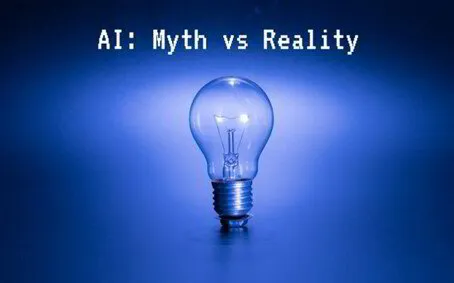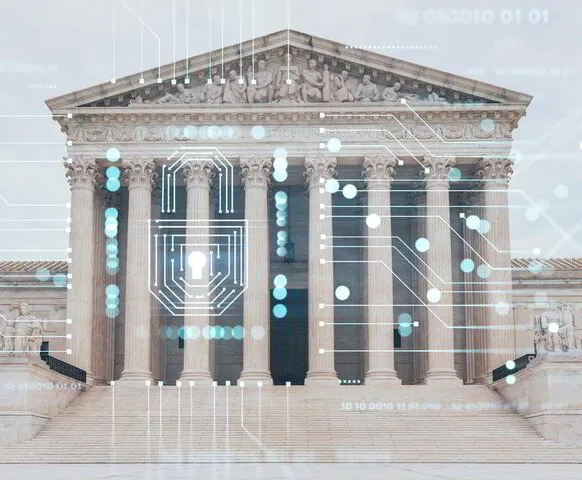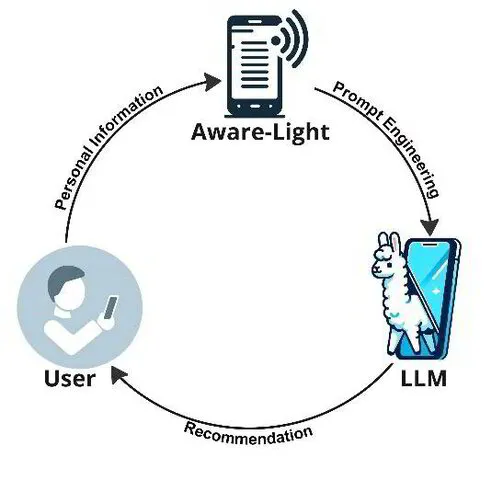Generative AI has taken the tech world by storm, captivating industries from entertainment to healthcare, design, and beyond. With its potential to create original content like text, images, music, and even code, it has become a tool that’s both intriguing and, at times, a bit misunderstood. While the technology has opened up a world of possibilities, there are several myths surrounding generative AI that can create confusion.
In this blog post, we’ll dive into the top three myths about generative AI, break them down, and shed light on the reality of this groundbreaking technology.
Myth 1: Generative AI is Completely Autonomous and Doesn’t Require Human Input
The Myth: One of the most pervasive myths about generative AI is that it operates entirely on its own, without any need for human guidance. Many people imagine AI working like a robot on autopilot, generating content independently, from start to finish.
The Reality: While generative AI can create content on its own, it always requires human input and oversight. The output of generative AI is based on the data it was trained on, and humans play a critical role in feeding the AI with the right data, refining algorithms, and curating its responses.
For example, when creating a piece of music or artwork, the AI generates based on pre-existing patterns and input from humans. If you’re using an AI tool to generate text, it still needs prompts from a user to guide the AI in producing relevant content. It’s a collaboration, with humans providing the direction and AI executing based on learned data.
So, while generative AI can produce impressive results, it’s far from completely autonomous. It’s a tool that amplifies human creativity, not a replacement for it.
________________________________________
Myth 2: Generative AI Can Create Truly Original Work
The Myth: Another common misconception is that generative AI can create truly original work, meaning it produces ideas, art, or content that has never been seen before. Many believe that the AI can invent something entirely new and groundbreaking.
The Reality: Generative AI is not capable of true originality. It doesn’t create content out of thin air or from some form of innate creativity—it generates output based on patterns and data from previous works. The “originality” of generative AI is a reflection of how well it can combine or remix what it has learned, often drawing from vast amounts of existing data.
For example, when generating text, the AI might combine elements from millions of articles, books, or websites it has been trained on. When it generates an image, it is influenced by the visuals it has seen before. While this can produce fresh and unique combinations, it’s still a remix of existing content, not entirely new ideas or concepts.
Thus, generative AI’s creativity is derivative, and while it can produce impressive and innovative results, it’s not “original” in the traditional sense. It relies heavily on the information it was trained with and is bound by its programming.
________________________________________
Myth 3: Generative AI Will Replace Human Jobs
The Myth: Perhaps the most feared myth surrounding generative AI is the belief that it will replace human workers in a variety of industries. With AI being able to write articles, generate designs, and compose music, some think that entire professions could become obsolete.
The Reality: While generative AI has certainly transformed many fields, it is not a one-size-fits-all replacement for human workers. Instead, AI is a tool that complements human creativity and decision-making. It can automate repetitive tasks, handle large amounts of data, and assist with complex problem-solving, but it’s far from perfect in terms of intuition, emotional intelligence, and the nuanced judgment that humans bring to their work.
For instance, AI can generate text, but it lacks the deep understanding of context, culture, and empathy that human writers provide. In design or art, AI may assist with creating a concept, but it is the human touch that often adds the final emotional connection or refinement. Similarly, in fields like healthcare, AI can assist with data analysis or diagnostics, but it will not replace the judgment, care, and expertise of medical professionals.
Generative AI should be seen as a collaborative partner, allowing humans to focus on higher-level tasks, creativity, and strategy. Instead of replacing jobs, it enhances productivity and opens up new opportunities for innovation.
________________________________________
Conclusion: The Future of Generative AI
Generative AI is an incredibly powerful and evolving technology that holds immense promise. However, it’s important to approach it with a clear understanding of its capabilities and limitations. The myths surrounding AI often stem from misunderstanding how it works and what it can truly achieve.
By recognizing that human input is essential, AI is not truly original, and it complements rather than replaces human workers, we can better navigate the opportunities and challenges this technology presents.
As AI continues to evolve, its role will be one of partnership and augmentation—enabling humans to push the boundaries of creativity, problem-solving, and innovation, while AI handles the heavy lifting behind the scenes.
The future of AI is bright, but it’s one where humans and machines work together, not one where machines take over.



